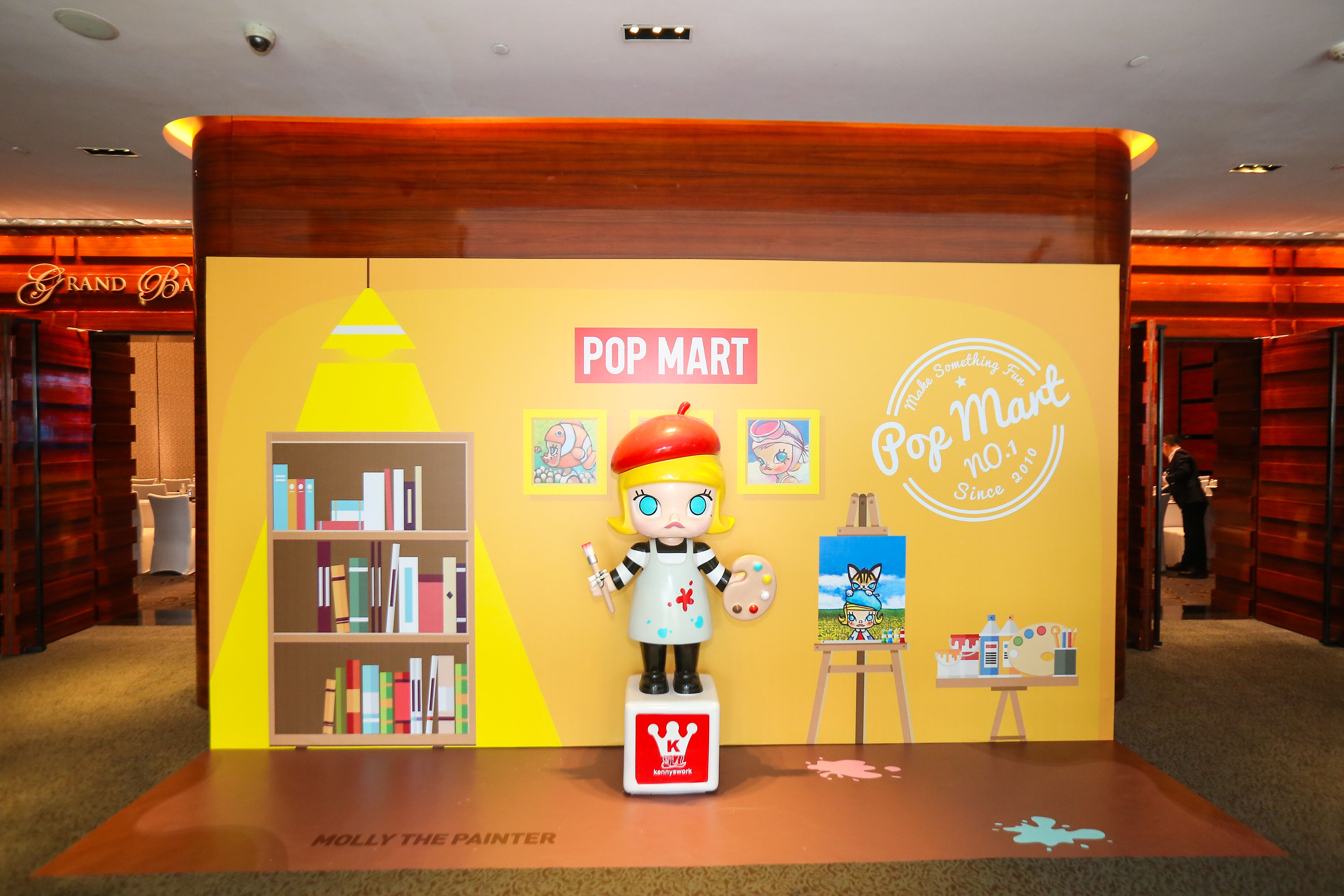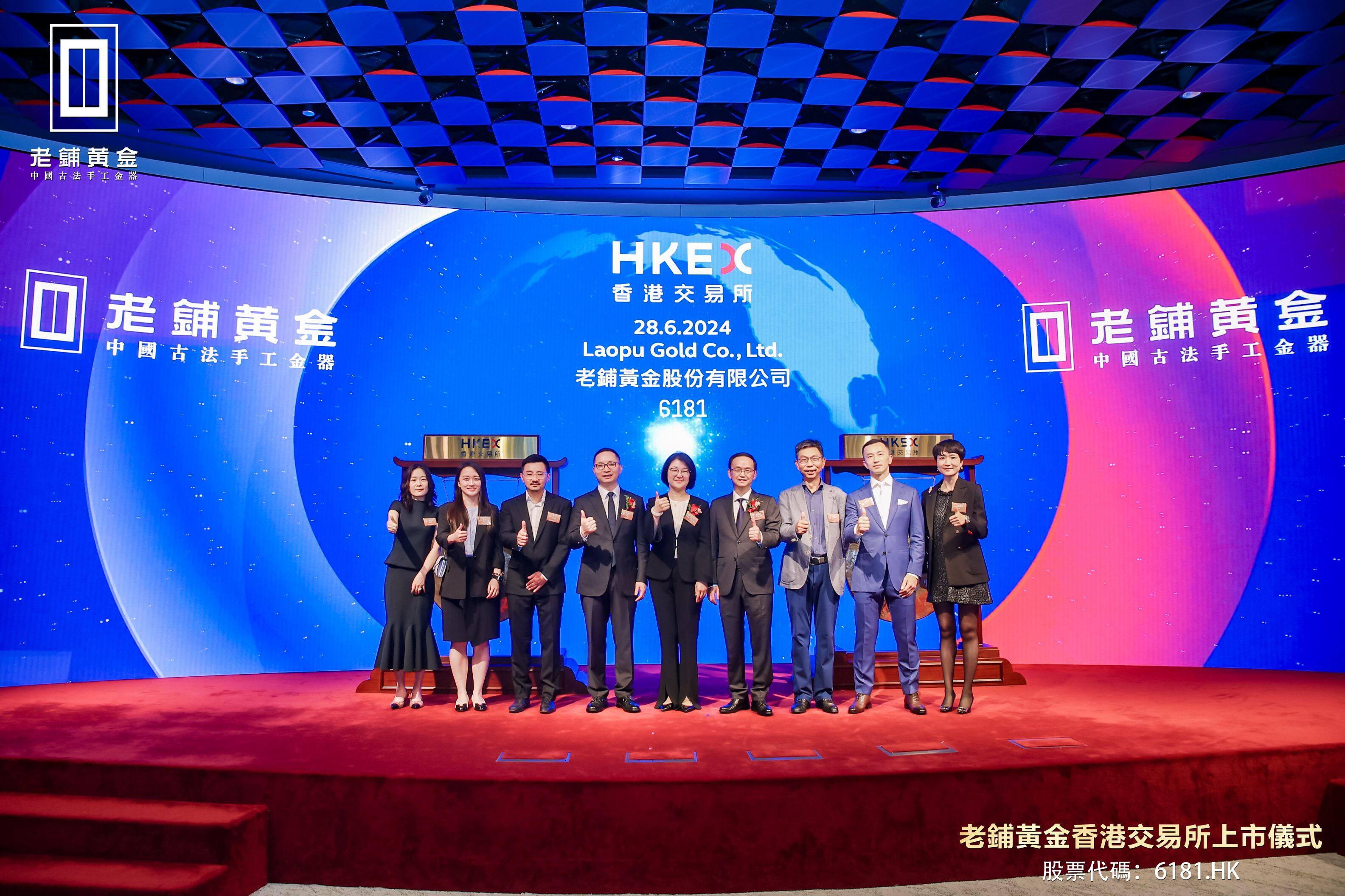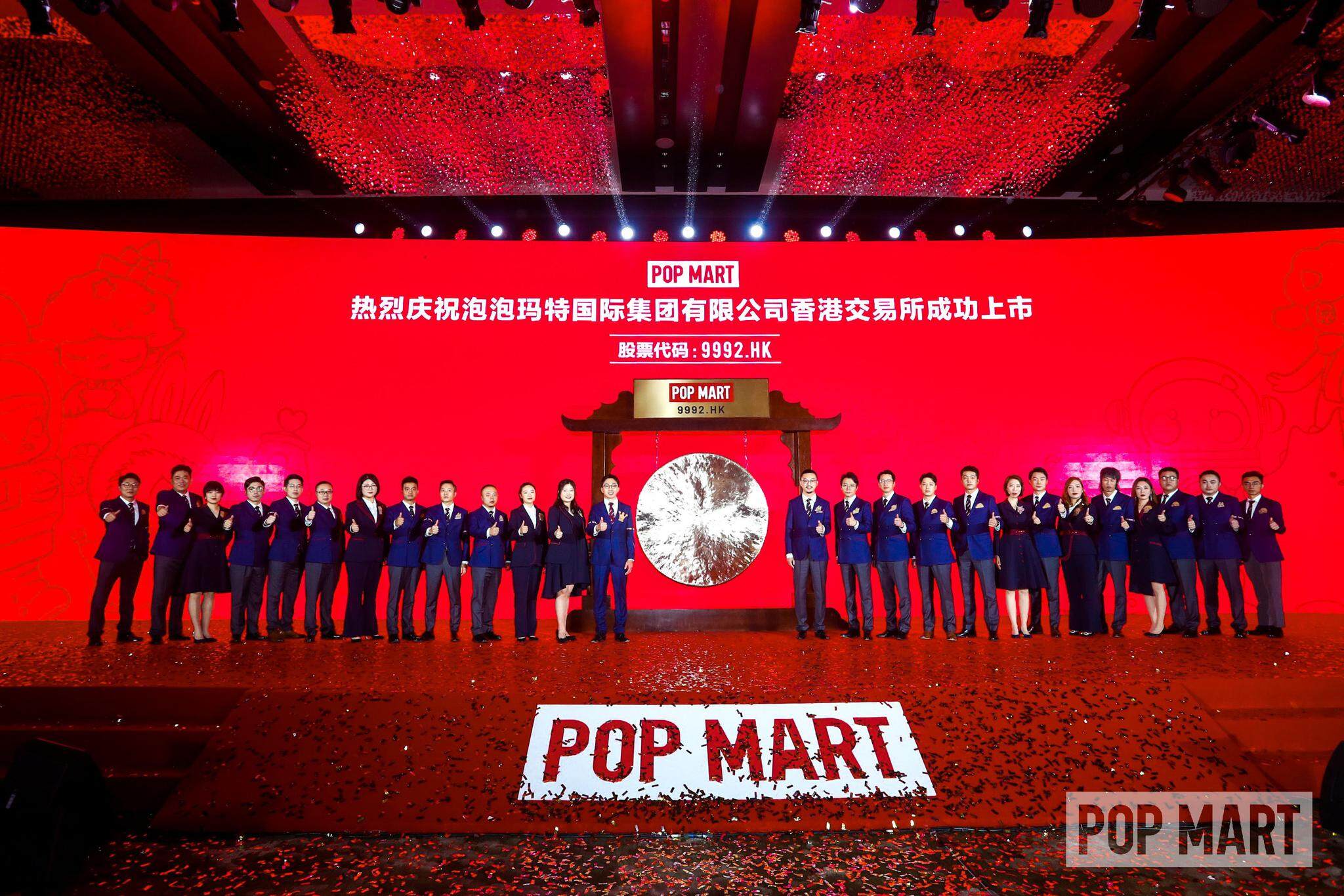In May 2019, at the annual meeting of BA Capital, Wang Ning—Founder and Chairman of the Hong Kong-listed global pop culture and entertainment group POP MART—gave a rare, in-depth keynote titled “The Psychology Behind the Popularity of Trendy Toys.” His talk offered reflections and insights on societal shifts, POP MART’s future, and consumer psychology.
Below is a summary of the key points.
To start, let me clarify what we’re actually doing. Many people think toys are for children. But our main market is for people aged 15 and above, which is why we call them trendy toys. Some see POP MART as a retailer or toy company, but our business spans much more than retail—we’re also involved in artist management, interactive entertainment, derivative product development and licensing, and exhibitions for trendy toys.
In terms of artist management, we’ve signed many artists from around the world. China’s 40 years of reform and opening-up have given us two “nuclear weapons”: one is Made in China, and the other is the Chinese consumer market. China has a mature manufacturing industry and numerous factories that can quickly bring artistic ideas to life. Every year, we host trendy toy exhibitions, which have become the largest of their kind in Asia. Each exhibition introduces new artists and IPs into our platform.
These business areas together form a complete ecosystem, positioning POP MART as a platform-based enterprise. Our goal is to become China’s most Disney-like company—one that owns many high-quality IPs and finds diverse ways to commercialize them.
The core of today’s talk is the business logic and psychology behind POP MART. Why do today’s young people prefer POP MART’s Molly to traditional cartoon IPs?
The first keyword is time. In the past, popular IPs thrived because we spent a lot of time watching and remembering every character and storyline. But now, young people's time is fragmented—they no longer have time for long-form storytelling. With a trendy figure, you can decide in a minute whether you like it or not. Plus, many young people place these figures at home or on their desks. Through long-term interaction, they gradually build a deeper emotional connection, which can evolve into a powerful IP.
The second keyword is values. In the past, everyone liked Iron Man because they aspired to be a superhero. But with Molly, every buyer has a different reason. One of the most touching stories came from a 60-year-old man who was estranged from his only daughter. He said Molly's face reminded him of when his daughter was four or five years old—the time when they were closest. He bought various versions of Molly to cherish what he considered the happiest time of his life.
When we first designed Molly, I asked the artist why he gave her an expressionless face. He replied: “When you're happy and look at her, she’s happy. When you’re sad and look at her, she’s sad.”
This artistic philosophy differs from traditional IP logic. These artists are a rare breed—there are very few in the world who can be considered true creators of art-level trendy toys. We were fortunate to sign 10 to 20 of the top-tier artists early on.
The third keyword is fulfillment. What’s the logic behind trendy toys? It’s related to collecting—something deeply embedded in human nature. First, trendy toys have artistic value and are easy to store. Second, there's a mature secondhand market. Ultimately, it’s spiritual fulfillment that brings true satisfaction. Whether rich or poor, people become extraordinarily generous when spending on spiritual consumption. That’s why we believe this market has far more potential than basic necessity-driven consumption.
To grow future markets, you don’t necessarily need to target essential goods. People will always limit their spending on necessities. Only spiritual consumption has the potential to become the truly massive market of the future.












